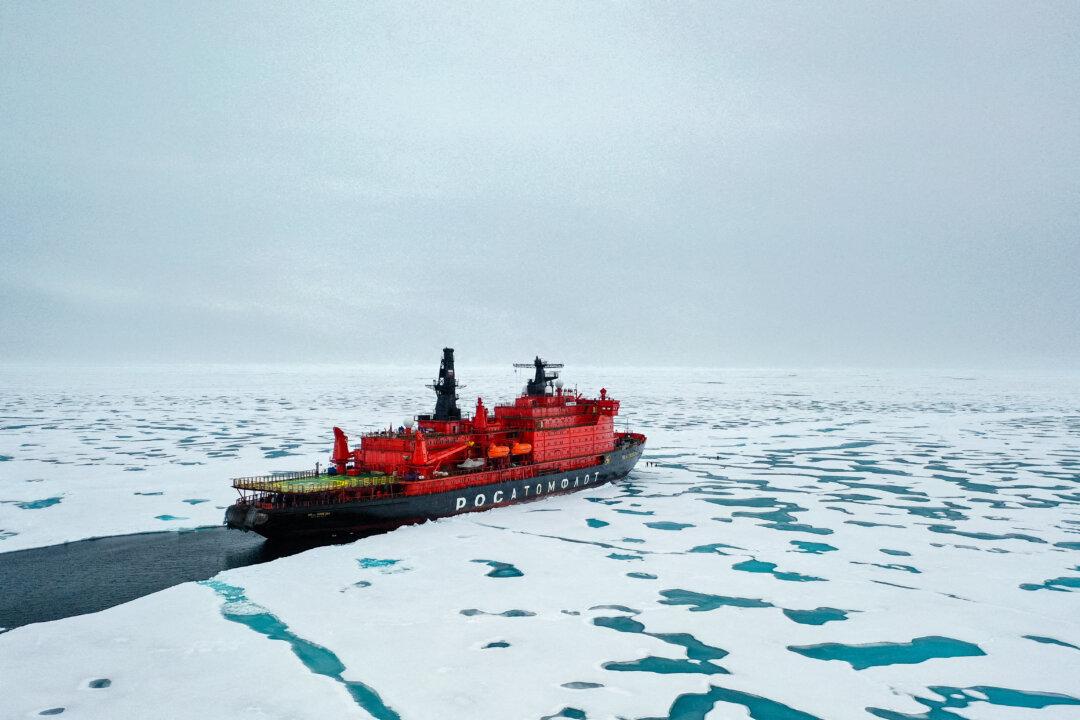For one day in the sunny Iberian Peninsula, the lights went off. It has been described as the worst blackout in living memory in Europe.
With power now restored, authorities are probing the root cause, but energy analysts say the region’s heavy reliance on intermittent renewables may have enabled the grid collapse.





